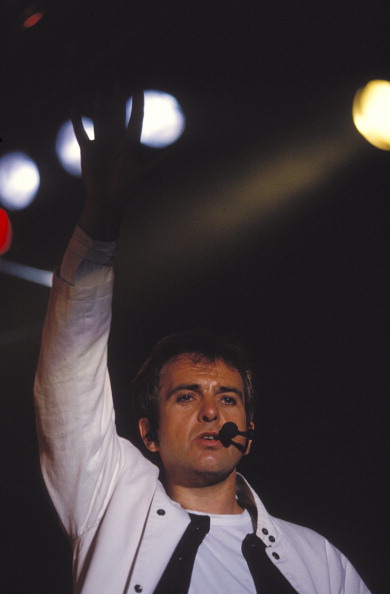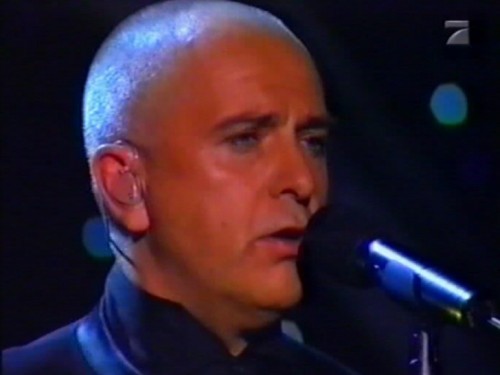A smartphone cost-savings alternative
I’m all for spending money where it matters. For some people, that might be cars or vacations. For others, fine dining and bottles of wine. For me, I don’t mind spending money on live musical acts or my yearly pilgrimage to Lambeau Field. But I hate spending money on stuff that I don’t particularly value in the first place. I’ve managed to avoid paying for cable for the past fourteen years, so that’s something, but I still piss away about $90 on a landline and Internet service each month, which irritates the hell out of me.
Three years ago I purchased my first cell-phone – a dumb phone – and paid a monthly fee of $15 for its use. Not too bad, but after three years it finally started going on the fritz, so I recently took the plunge into the smart phone waters, hopeful that I could do so without signing away my firstborn to one of the big providers. A couple of years ago, this might have been an impossible task, but today there are a number of no-contract cell phone plans that are nice alternatives for certain consumers.
I chose to go with Republic Wireless, a company that customizes the one phone it offers – the fabulous Moto X – so that it utilizes WiFi as the default, switching to a traditional cell network only when necessary. This means that when you’re at home or in the office, you can use the WiFi available to you, which ultimately allows Republic Wireless to offer packages that are far cheaper than what you’ll find at Verizon, Sprint and AT&T. I looked at the big providers, and generally the cost was $40 a month for the phone, plus another $50 or so for a data plan. There are economies of scale, however, so adding another phone or two to the data plan improves the per-phone cost. Also, the phones are free (or close to free), but that’s only as an enticement to lock you into a long-term plan.
Compare this with Republic Wireless. Yes, there’s an upfront cost: I paid $299 for my Moto X, which seems like a lot compared to the free phone I could have gotten from one of the big providers, but it’s an excellent price for an excellent 16 GB phone, and now – here’s the best part – I only pay $10 a month to use it. This includes data, text and phone when I’m in a WiFi network (including internationally), but only text and phone when traveling - no data. For me this is not a big deal, as I spend most of my time at home. But if I DO want data everywhere, Republic Wireless offers this for just $25 a month by piggybacking off of Sprint’s network. And what's really fantastic is I’m allowed to switch plans twice a month, so if, for example, I decide I need data while traveling on vacation, I can bump my plan up to include data for a week or two, and then switch back to my normal $10 a-month plan. Pretty cool.
Comparing costs long-term, I’ll start saving money with Republic Wireless after only four months.
Month: Total cost with normal plan Total cost with Republic Wireless
1 90 310
2 180 320
3 270 330
4 360 340
Even if I decide to up my plan to include cell data service, I’ll start saving money after only five months.
1 90 325
2 180 350
3 270 375
4 360 400
5 450 425
Over three years, I’ll save between $2000 and $2600 depending on which plan I use at Republic Wireless. Not too shabby.
If I add a second phone, the savings become slightly less per phone, since on a traditional plan you can combine data between phones. With two phones on a traditional plan, I’d be paying $40 per phone plus another $60 for a monthly data plan – so $140 per month. That’s compared to $20 to $50 a month with Republic Wireless (plus an initial investment of $600 to purchase the phones). Over three years, that’s still a savings of between $2600 and $3700 total. Again, not chump change.
Republic Wireless clearly isn’t for everyone (anyone who wants a phone other than Moto X, for instance), but it's an excellent alternative to the way things are usually done. I suspect that in the next year or two, more and more plans will be made available to consumers that slash the cost of phone use, allowing us to spend more money on cars, fine dining or Packer tickets.
Now the question is: do I get rid of my landline?


